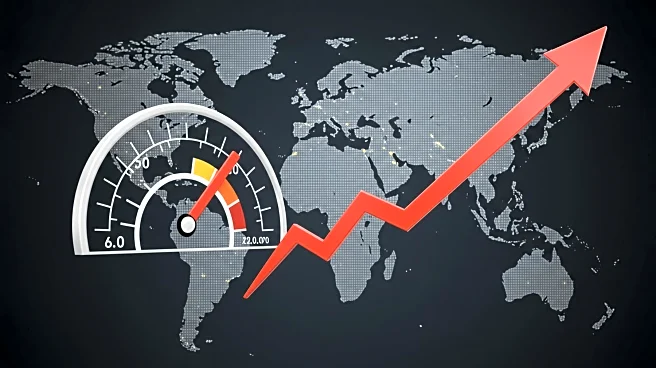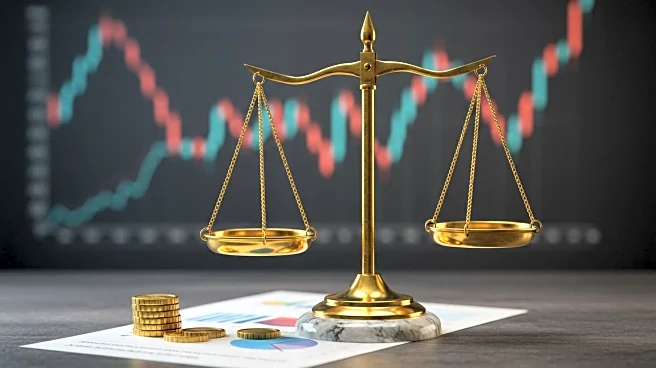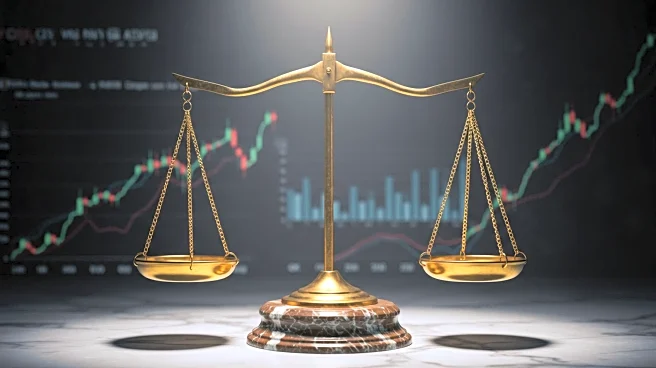What's Happening?
Recent data indicates a noticeable increase in inflation rates, with the Consumer Price Index (CPI) showing year-over-year growth rates of 2.7% and the core CPI, which excludes food and energy, rising to 3.1%. This development follows earlier reports suggesting a period of complacency regarding inflation. The impact of tariffs, which was not evident in May, is now contributing to the upward trend in consumer prices. The month-over-month growth rates have also shown signs of acceleration, reflecting the summer heat in CPI figures.
Why It's Important?
The rising inflation rates have significant implications for the U.S. economy, particularly in terms of consumer purchasing power and cost of living. Higher inflation can lead to increased interest rates as policymakers attempt to curb inflationary pressures, affecting borrowing costs for businesses and consumers. Additionally, the impact of tariffs on inflation highlights the interconnectedness of trade policies and domestic economic conditions. Businesses may face higher input costs, potentially leading to increased prices for goods and services, which can affect consumer demand and overall economic growth.
What's Next?
As inflation rates continue to rise, policymakers may need to consider adjustments to interest rates to manage inflationary pressures. The Federal Reserve could face decisions regarding monetary policy to balance economic growth with inflation control. Businesses and consumers may need to adapt to changing economic conditions, potentially altering spending and investment strategies. The ongoing impact of tariffs will likely remain a key factor in future inflation trends, necessitating close monitoring by economic stakeholders.











